Sooner or later, everyone has to deal with the problem of measuring readings from an electricity meter. And, despite the apparent simplicity, difficulties may arise with how to take readings from the meter. This may be due to the diversity of the number of types of meters that are best understood initially.
Types of electricity meters
First of all, it is worth paying attention to such characteristics of the counter that can affect the measurement of indicators. Technologies do not stand still, and therefore today the meter is not only a familiar device with a mechanical drive, but also its electronic variations. In the markets and in stores you can find both those and those options. And the problem of how to take readings from the electric meter is becoming less and less significant due to the simplification of handling the device.
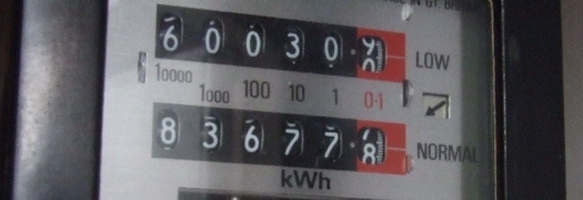
- Induction meter - a type familiar to many, which is found in houses of the old type. The current passing through such a device acts on the magnetic wire and drives the reference system. In addition, current consumption can be seen from the spinning top, which changes the speed depending on the voltage in the network and the number of working energy consumers.
- Electronic meters are used in new homes, they allow you to save data for several periods in the device’s memory, separately calculate the electricity for the day and night periods, etc.
Given the number of phases, there are single and three phase metering devices. Replacing the old single-phase device with a new three-phase device will not work: replacement is carried out only from one type of device to a similar version. Single-phase meters consume 220 V, while three-phase meters consume 380 V.
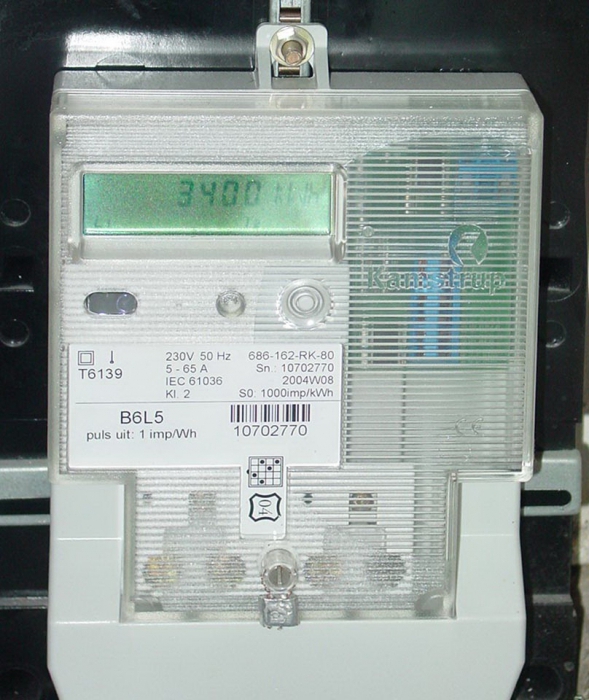
According to the charging method, one-and multi-tariff meter options are distinguished. A multi-tariff meter can separately calculate energy consumption day and night, which is convenient when different tariffs for payment are set for day and night consumption.
Electricity metering in induction meter
Solving the problem of how to correctly read the readings of an induction type electric meter, you need to write down the numbers that the device shows, without taking into account the comma, then compare them with the previous value. To obtain the consumption figures from the last value, the previous one is subtracted and multiplied by the existing tariff.
The value of the unit of electricity consumption depends on the area of residence and the type of stove (gas, electric).
How to take readings of the Mercury electric meter
One of the widely used electricity metering devices is the Mercury instrument. There are more than 60 types of this counter that allow you to receive the necessary data in automatic mode, however, in the absence of this type of metering, you must be able to read the data manually. It is not possible to describe all models of these meters, it is much more important to understand the principle of working with various types of such devices.
Before taking readings of the Mercury electric meter, it is necessary to determine the type and model of this device. To carry out an operation with a single-tariff electric device, you only need to write down the number that is displayed on the screen from the display and subtract the previous value, as described in the previous section.
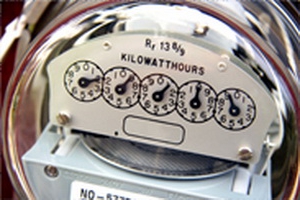
Using the “O” button, it is further necessary to set the reference point of the next period since the last measurement. Using "Input", you can view the expense for previous periods.This allows you not to keep receipts of payment for previous months at hand.
Indications of a multi-tariff meter
Touching upon the question of how to take readings of a two-tariff electric meter, we can cite the Mercury-200 apparatus as an example.
The automatic mode of its operation allows you to only record the data that it shows with a certain frequency. In manual operation, before taking readings from the meter, you need to switch yourself. It is necessary to sequentially press the mode switching button from T1 to T2, which correspond to day and night consumption, and then multiply the received figures by the current prices. If tariff 3, then indicator T3 must also be taken into account.
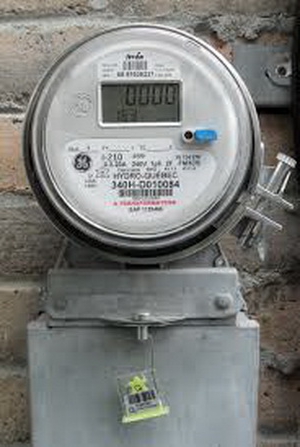
Work with a three-phase counter
How to take readings from a three-phase type electric meter? Are there any difficulties when measuring? This question is often asked by users who do not fully understand the principle of operation of such a device.
In fact, such counters do not differ in appearance or measurement principle from previous types. They can be either induction or electric, and for data accounting it is only necessary to correctly record the data and obtain the flow rate.
It is only necessary to take into account that such devices can be designed for 4- and 5-digit indicators, and upon reaching the level of 9999/99999, the countdown starts from the beginning, so it is important to correctly interpret the count.
Electronic electricity meters
Despite the fact that the previous devices are the simplest and most advanced form, and electronic electricity meters (how to take readings from them and other manipulations) should not cause difficulties, however, in practice, not everyone can immediately deal with them.
Electronic devices are diverse, and the features of their work must be clarified by the seller or carefully read the instructions. The capabilities of the electronic system allow you to work both in normal mode, that is, record the result and then calculate the consumption, and read ready-made data calculated by the system.
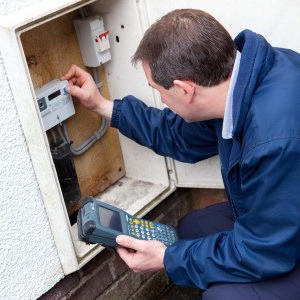
The work of such a counter even allows you to automatically calculate the amount payable and save data for previous months, which simplifies the approach to paying for electricity.